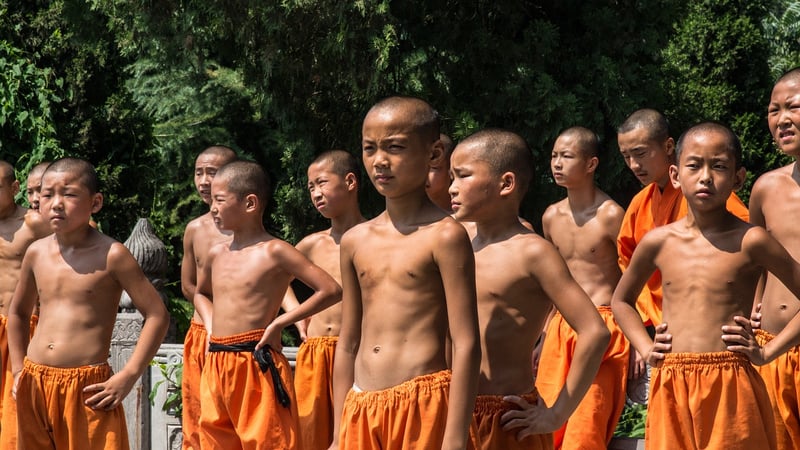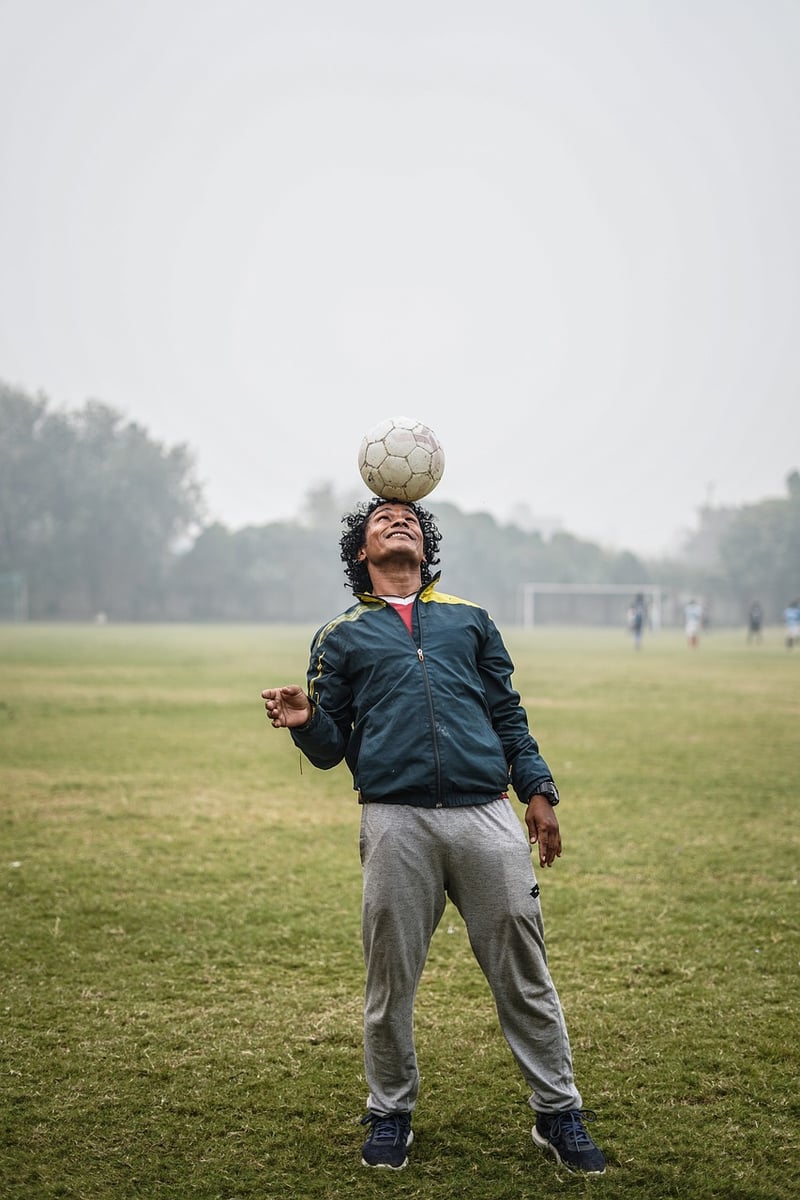Balance Practice
Ancient Chinese Martial Art: The Art of Balance
Chinese martial arts, also known as Kung Fu, have a rich history dating back thousands of years. One of the fundamental aspects of these ancient practices is the emphasis on balance, both in physical movements and in life philosophy. Let's explore how the art of balance is integrated into traditional Chinese martial arts.
The Concept of Balance in Chinese Martial Arts
In Chinese martial arts, balance is not just about physical stability but also about achieving harmony between body, mind, and spirit. Practitioners strive to maintain equilibrium in every movement, learning to control their bodies with precision and grace.
Key Principles of Balance:
- Central Equilibrium: By aligning the body's center of gravity, practitioners can move with agility and power.
- Yin and Yang: The concept of opposing forces is central to Chinese philosophy, and martial artists learn to balance these forces in combat.
- Flowing Movement: Fluidity and flexibility are essential in Chinese martial arts, emphasizing the continuous flow of energy.
Training Methods for Enhancing Balance
To develop superior balance skills, Chinese martial artists engage in various training methods that focus on coordination, strength, and mental concentration. Some common practices include:
- Qigong: Breathing exercises and meditation to cultivate internal energy and enhance focus.
- Tai Chi: Slow, deliberate movements that promote balance, relaxation, and mindfulness.
- Stance Training: Holding specific postures to build strength, stability, and endurance.
- Weapon Forms: Practicing with traditional Chinese weapons to improve coordination and dexterity.
Benefits of Balancing Practice
Mastering the art of balance in Chinese martial arts offers a wide range of benefits beyond physical prowess. These include:
- Improved Focus: Enhancing concentration and mental clarity through mindful movement.
- Emotional Stability: Finding inner peace and emotional balance through the practice of martial arts.
- Physical Fitness: Building strength, flexibility, and coordination for overall well-being.
- Self-Discipline: Cultivating discipline and self-control in both practice and daily life.
Conclusion
The art of balance is a cornerstone of Chinese martial arts, encompassing physical, mental, and spiritual harmony. By integrating these principles into their practice, martial artists not only enhance their combat skills but also achieve a sense of holistic well-being.
Experience the art of balance in Chinese martial arts and discover the profound benefits it can bring to your life!

Find your balance and unlock the power within!
